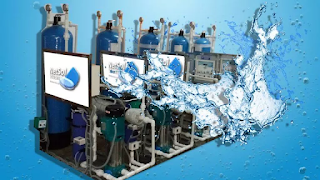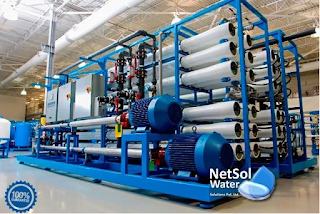How do I start an RO water unit for commercial? Is it profitable?

The demand for clean, drinkable water is rising dramatically in Indian small towns and cities as a result of water pollution and falling groundwater levels. Everyone likes to drink filtered water, thus this RO water supply firm has flourished. There is space available for everyone who wants to start their own business. Everyone should be familiar with the following essentials before setting up an RO unit for commercial purposes. A commercial RO water plant business plan: For this Commercial RO Water Plant Business, a person should start with a modest RO Plant, such as a 500 LPH or 1000 Litre per hour plant. Before establishing the RO Plant, check the TDS and other minerals in the water since they affect the plant's design and efficiency. Where you reside affects the TDS and minerals in the water. Choose a place, investigate the mineral water industry there, and find potential customers. You are prepared to buy a high-quality commercial RO plant once you have completed the re...





